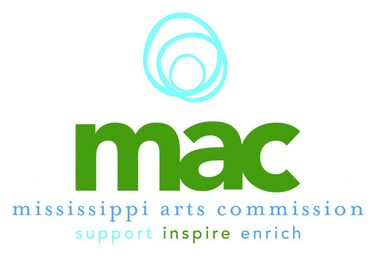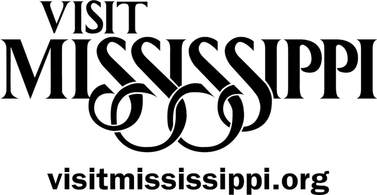Colleen McInnisSummer 2018 Intern The Underground Railroad is a well-known part of our history as a secretive network that offered safety and aid for those who sought to escape from slavery; however, there isn’t much known about its day-to-day workings. From Harriet Tubman to the myths and legends from the railroad, there has always been an underlying mystery in what actually happened along the route. One of the biggest questions in the last decade is how much the Underground Railroad used art to communicate. The historical record is sparse. The Railroad wasn’t taken above ground until the Civil War in order to undermine the confederacy; however, by that point, art had already become a major aspect of the journey to freedom. Most popularly, Harriet Tubman is credited with using “Wade in the Water” as a signal to hide to avoid being detected. This and many more spiritual songs have been documented by the Harriet Tubman Historical Society. The use of songs as codes along the Railroad is widely accepted to be a fact by historians, even though its origins and documentations come from the oral record of those who reached freedom. On the other side of this idea, in the last 20 years, "controversial" information has surfaced about another form of art from that era that may have been used to communicate: quilts. In January 2000, Jacqueline L. Tobin and Raymond G. Dobard, two historians who researched and published the book, Hidden in Plain View: A Secret Story of Quilts and the Underground Railroad, wrote the oral history of one family’s experience, while explaining 10 quilt patterns purportedly used in the Underground Railroad. They claimed that quilts were hung over windows or fences on plantations to give signals to anyone who wanted to follow. After the book was published, many historians quickly discredited the claims made by the authors. In a 2007 Time book review, Railroad expert Giles Wright argues, “The Underground Railroad is so rife with distortions and misinformation, and this is just one more instance when someone comes across folklore and assumes it’s true.” The idea of using quilts to speak has been disputed for the last decade, some historians and teachers taking it as fact while others spending years working on disproving the theory. The argument on the use of quilts in the Railroad boils down to the acceptability of the oral history. Should passed down generational stories be accepted as fact, or should they be researched further? Harriet Tubman’s efforts on the Railroad have been researched and well documented over the last century. Tobin and Dobard’s research on Quilt codes surfaced only 18 years ago, giving the historical community a reasonable skepticism; however, more research can be done on the topic. The Quilt codes are an example of how Oral history is something to be valued when thinking about the marginalized communities in America, even if not the most accurate portrayal of the historical event. Many stories in American history, particularly the Railroad, have no written record. As a result, we are logically tempted to look to oral history as a way to understand one of the greatest movements toward equality. This does not mean we ignore documented research when opening ourselves to new theories, and simply requires thoughtful debate and evaluation. For further reading: http://www.harriet-tubman.org/songs-of-the-underground-railroad http://content.time.com/time/arts/article/0,8599,1606271,00.html https://www.amazon.com/Hidden-Plain-View-Underground-Railroad-ebook/dp/B004JHYSBM Press ReleaseSAAC recently received 3 grant awards. Read more in the attached press release.
|
Archives
March 2023
Categories
All
|
||||||
|
P.O Box 2070
Starkville, Mississippi 39760 [email protected] [email protected] 662.268.6231 Hours: Mon - Fri 10am - 2pm ( closed Sat-Sun ) |
|
SAAC is sustained by donors and sponsors. Donations amounts are flexible and can be recurring. Learn more by clicking the button above. |
We need you - whether or not you're an artist! Our biggest 2 events (Art in the Park and Cotton District Arts Festival) require dozens of helping hands, so jump right in! |
©2020 Starkville Area Arts Council. All Rights Reserved.
#starkvillearts #starkvilleartscouncil #starkvilleareaartscouncil
#starkvillearts #starkvilleartscouncil #starkvilleareaartscouncil
COMMUNITY ENGAGEMENT: SAAC is an equal opportunity organization. We do not discriminate on the basis of race, color, religion (creed), gender, gender expression, age, national origin (ancestry), disability, marital status, sexual orientation, or military status, in any of its activities or operations. These activities include, but are not limited to, hiring and firing of staff, selection of volunteers and vendors, operation of programs, and provision of services. We are committed to providing an inclusive and welcoming environment for the public, all members of our staff, volunteers, vendors, and artist communities.



 RSS Feed
RSS Feed



